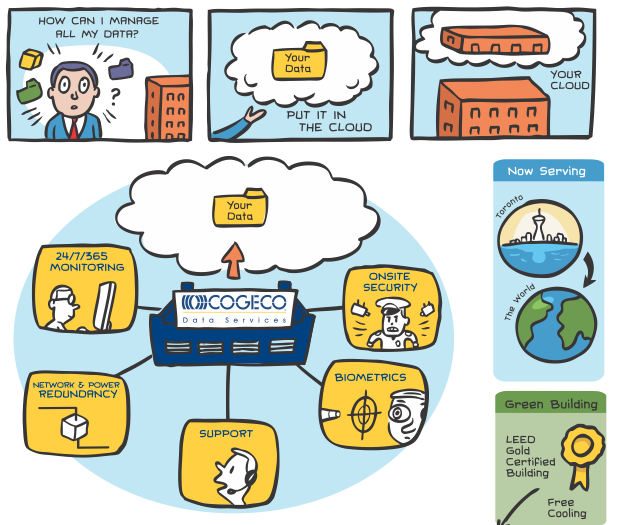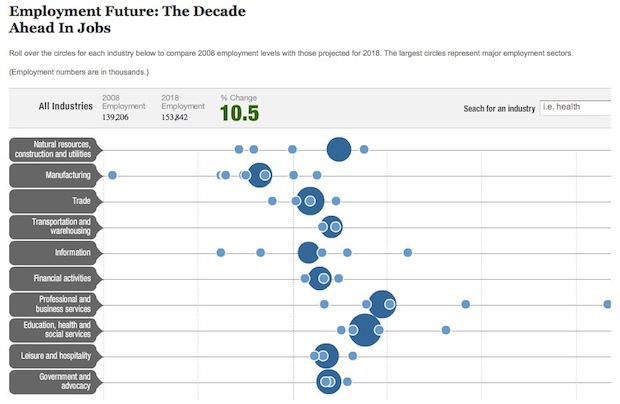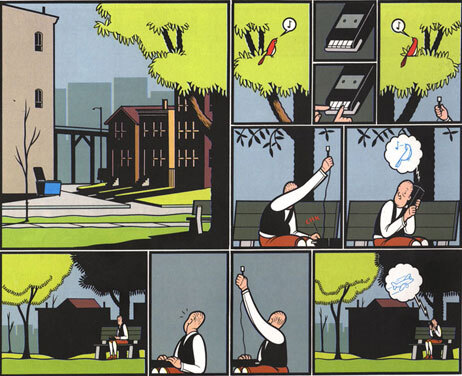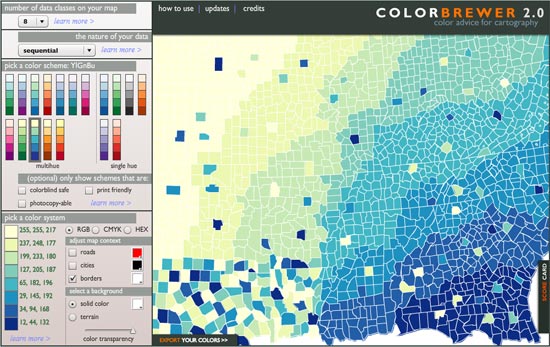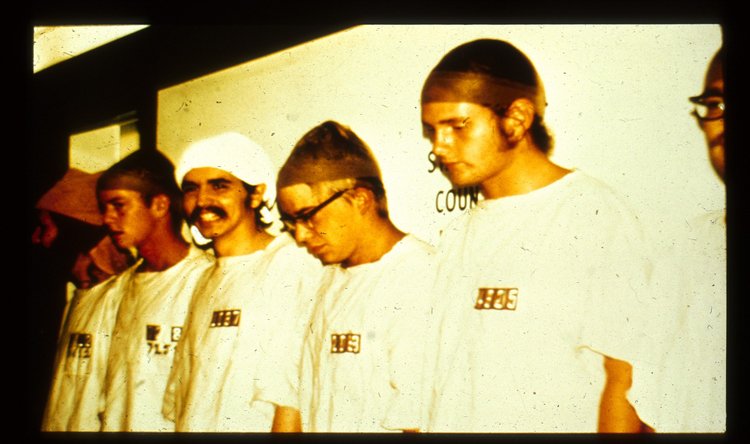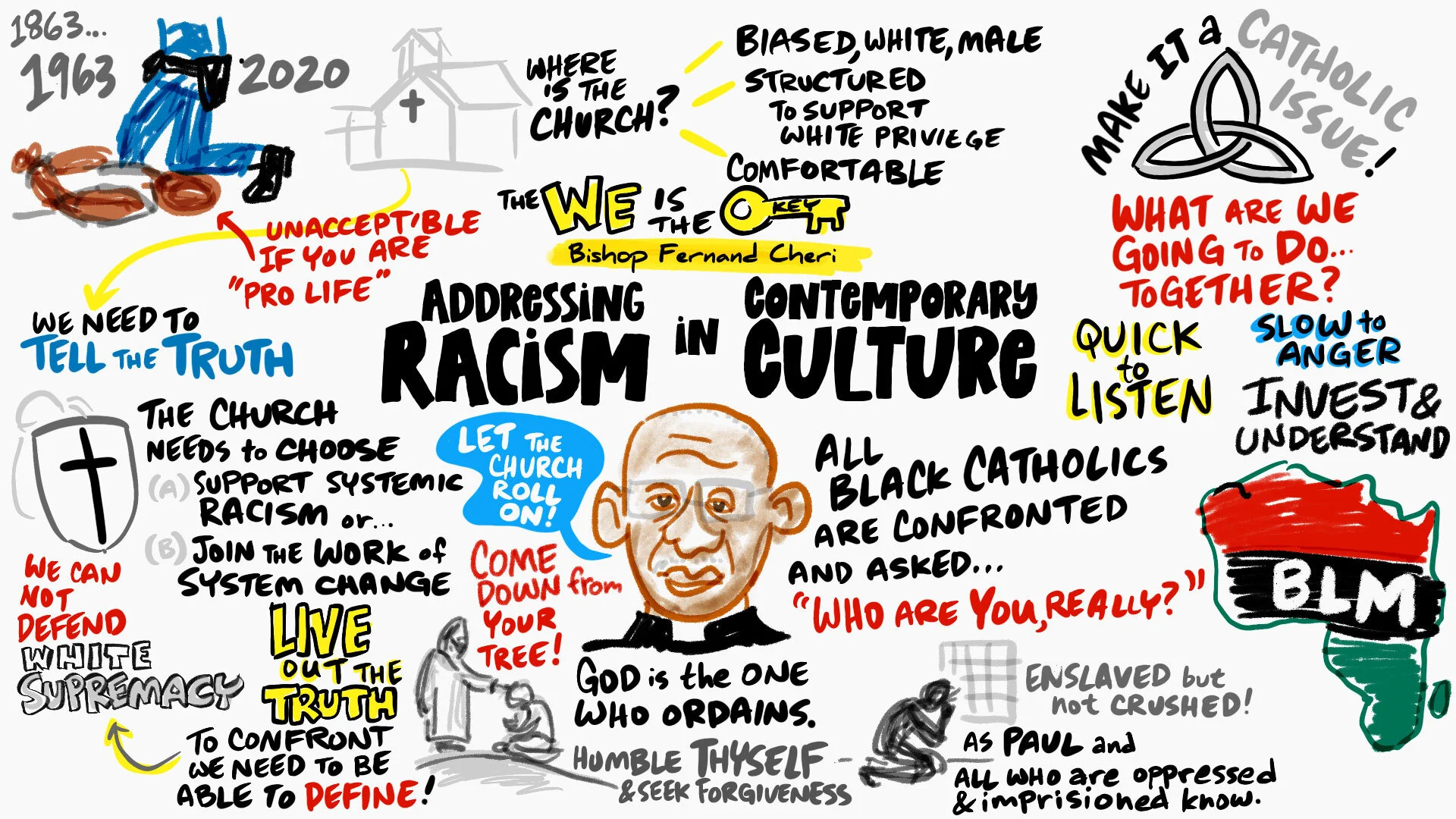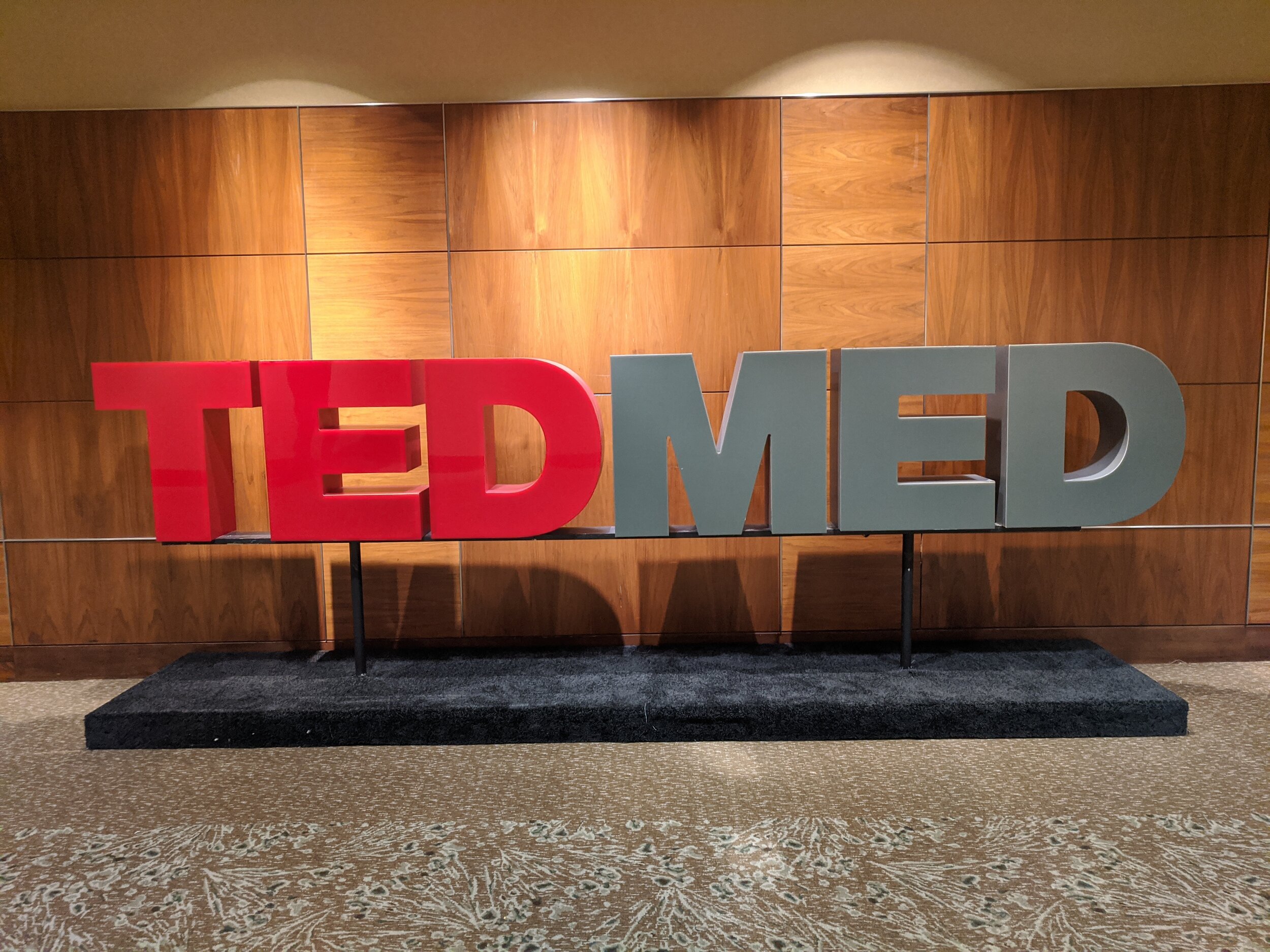Cogeco Dangles from the Cloud
/Alphachimp graphic recorder and cartoonist, Lloyd Dangle, produced this fun information graphic describing Cogeco Data Services, a wholly-owned subsidiary of the Canadian company, Cogeco Cable Inc.
The larger image was produced to announce the expansion of their cloud computing services:
To meet the growing demand for managed information technology services and support for cloud computing initiatives, Cogeco Data Services (CDS) is increasing its data centre space across the Greater Toronto Area, Barrie, Oakville and Vancouver to more than 100,000 square feet – almost two football fields. The Company is also offering a suite of managed IT solutions to help organizations deal with their increasingly complex and demanding data needs.
They apparently liked it so much, it is now headlining the company's website!


